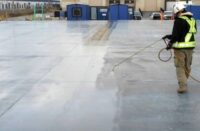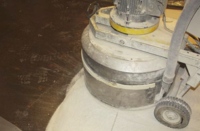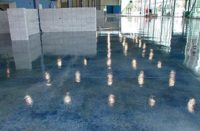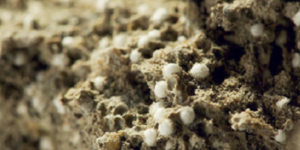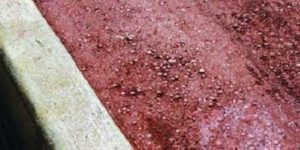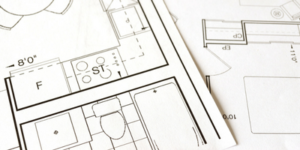I have to be honest with you right off the bat. As I am sitting here writing this article, I have on Wrangler jeans and work boots and I have a Wyoming elk tag in my pocket. I’m not exactly the poster boy for the LEED program, as you can guess. However, with so much chatter about “sustainable sites” and “Energy Star scores” these days, I was kind of thinking it might be a good time to clear the air.
Green building through the use of concrete is playing a major role in the way many modern-day projects fit together. Few will argue this fact. Does this mean your business should or must play a part in this movement? Of course not. Should you at least take a hard look at this movement? Absolutely. As the construction pie continues to shrink, many contractors are finding themselves with little choice but to consider bidding green-related projects. Some of you may be considering becoming LEED certified even now.
Let me take one step further, though. If you think your business becoming LEED certified will cement your business into the profit zone – no way. My guess is that this growth sector will be competitive, and the ones with the best education, marketing, service and efficiency will prosper most.
The bosses in D.C. have decided to take the road out of recession by means of a green path. Many of the projects to be “stimulated” will involve environmentally friendly design and construction. Concrete will be a major factor in these designs in most if not all cases. I’m not going to take up a lot of space discussing the levels of LEED certification or LEED’s level of difficulty. The amount of information is vast, and 30 minutes on the Portland Cement Association Web site will no doubt answer most of your questions. I do want to break down two concrete types that play a part in green building, and you can make up you own mind about how beneficial they are. My last paragraphs will spend a little time on the “hype” part of green building.
Pervious concrete paving
Pervious or permeable concrete has little or no sand, and this allows water to pass through its surface. Cement paste holds the aggregate together but leaves voids through which water can freely pass. The idea here is to keep surface water from running off the property by letting it filter down through the hardscapes. This can help to recharge the groundwater, although the key to that possibility is the recycled subbase material under the permeable concrete.
I’m a decorative concrete guy, and I think the final finish of pervious concrete looks rough. However, look for a trend of turning this into something more appealing by way of stain or color. I’m not sure how many ways we can make this finish decorative, but I am willing to bet someone somewhere is working on doing just that. My office has recently taken calls on how existing pervious concrete can be colored by use of stains, so we will be watching this market closely.
Many projects are requiring the installation crew be certified in pervious concrete placement. This certification process can be completed in a day or two in most cases. Pervious is and will be a growth area for the concrete industry, and those that are willing to reinvent decorative concrete by way of pervious surfaces will gain the most.
Stained and polished surfaces
Stained and polished surfaces are another huge sector of green growth as it relates to our industry. The fact that the concrete surface can be used as the finished floor is putting smiles on green consultants’ faces. Being able to use the concrete canvas to create a decorative, durable, yet “green” floor is attracting the attention of many architects, and owners as well. The best news is that this should decrease building costs in most cases, especially if maintenance is factored in. Please don’t overlook the value here, because gaining LEED points and saving money will be two big advantages for our industry.
Regardless of the decorative finish, improvements in today’s water-based sealers as protective coatings have also helped achieve LEED points. LEED points are added together to attain a certification level. Something as simple as a water-based sealer could be the difference.
Hype
Everything so far sounds good, right? Well, not so fast, because some are not considering the true cost to what many are calling social engineering. Trust me in saying that I am not trying to cast a shadow on the green movement. I’m just trying to show both sides realistically. Let me ask you – should any government agency mandate requiring a green qualification in a time when businesses are simply trying to save jobs and pay the bills? Mayor Gavin Newsome of San Francisco, Calif., thinks this type of law is necessary. He recently signed off on tough new green building codes for his city, including a rule that large residential and commercial building projects be evaluated under the LEED system. He was quoted as saying: “It requires a mandate in order to get people to do what’s in their best interest sometimes. It’s called change.” The problem is that his own city’s Office of Economic Analysis estimated the new codes could cost the city up to $700 million yearly. No estimate was given of the additional cost to business owners, developers, builders or homeowners.
The real question is, should customers or a mandate decide the amount of green building we do? If it is as good as billed, than it will catch on just like the decorative concrete industry has in the last 15 years. Time will tell.
